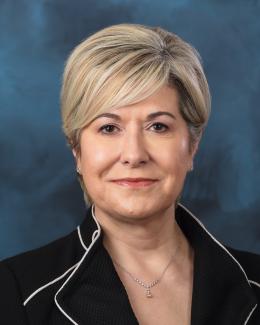Abstract
Deep convolutional neural networks (CNNs) have in recent years achieved record-breaking performance on many image classification tasks and are therefore well-suited for computer aided detection (CAD). The need for uncertainty quantification for CAD motivates the need for a probabilistic framework for deep learning. The most well-known probabilistic neural network model is the Bayesian neural network (BNN), but BNNs are notoriously difficult to sample for large complex network architectures, and as such their use is restricted to small problems. It is known that the limit of BNNs as their widths increase toward infinity is a Gaussian process (GP), and there has been considerable research interest in these infinitely wide BNNs. Recently, this classic result has been extended to deep architectures in what is termed the neural network Gaussian process (NNGP) model. In this work, we implement an NNGP model and apply it to the ChestXRay14 dataset at the full resolution of 1024x1024 pixels. Even without any convolutional aspects to the network architecture and without any data augmentation, our five layer deep NNGP model outperforms other non-convolutional models and therefore helps to narrow the performance gap between non-convolutional and convolutional models. Our NNGP model is fully Bayesian and therefore offers uncertainty information through its predictive variance that can be used to formulate a predictive confidence measure. We show that the performance of the NNGP model is significantly boosted after low-confidence predictions are rejected, suggesting that convolution is most beneficial only for these low-confidence examples. Finally, our results indicate that an extremely large fully-connected neural network with appropriate regularization could perform as well as the NNGP if not for the computational bottleneck resulting from the large number of model parameters.



